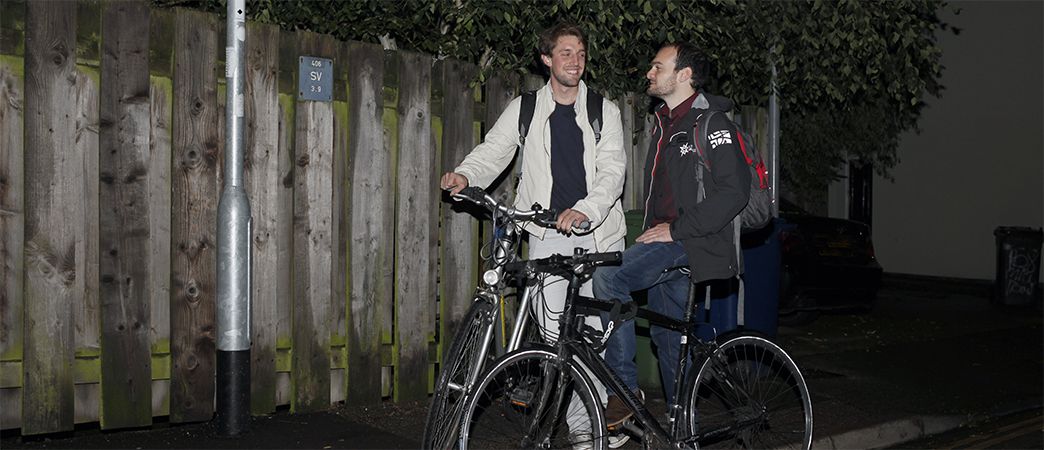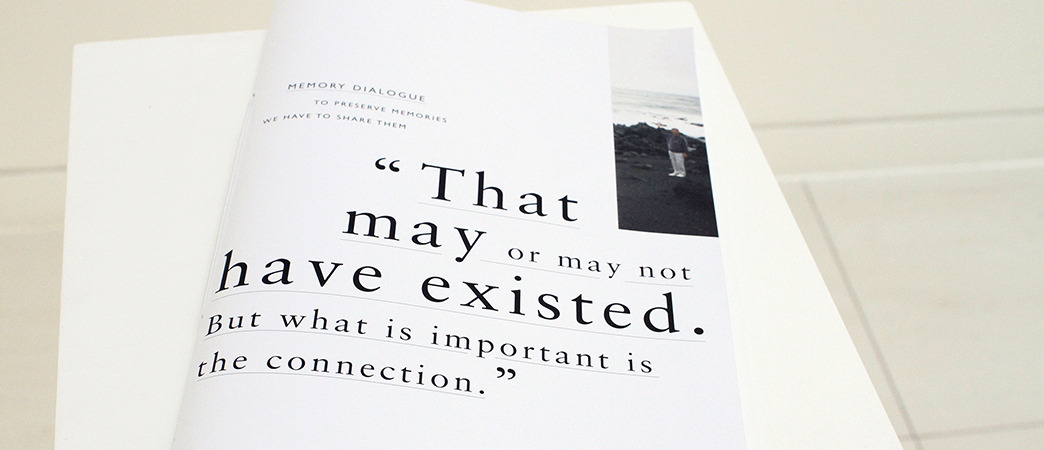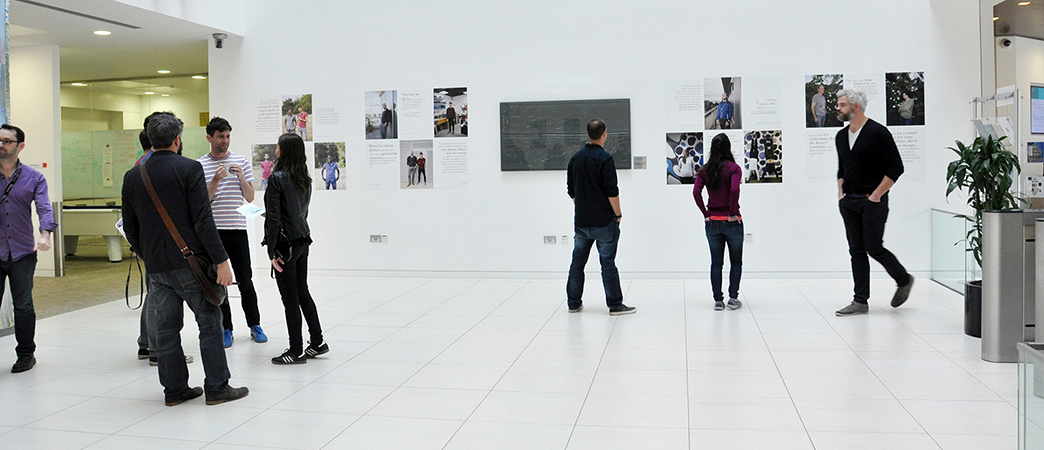Exploring artefact-based memory sharing
People, with whom we spend time, become witnesses of our life. If two people share an experience, both keep their very own memory of this experience. These memories are subjectively different – and yet, both are each other’s mutual reassurance that this experience did actually happen. If the relationship ceases, for any reason, the memories become isolated from one another. The reassurance disappears, and it may feel as if the event didn’t take place. To preserve memories we have to share them.
This project aims to investigate the experience of artefact-based memory sharing, focussing on the multi-perspectiveness of different memories as a result of different experiences on the same subject. Diverse pairs of people were asked to decide together on a specific experience they had together, then individually record their memory in the form of an physical or digital artefact (something which could take whichever form they thought was most appropriate to the memory and the person involved), share it, and reflect on their process of sharing. Participants were interviewed individually before exchanging their created artefact, then interviewed again when face-to-face with the other participant.
Questions of interest included: What experiences would people want to share with each other? Would potentially problematic memories be shared or mainly “beautiful” ones? How would they want to share their memories? What would it be like to create an artefact representing a memory, to be shared with the person one had the original experience with?

Shared Memory
The study combines Research through Design and Research for Design: it aims for a contribution to knowledge as well as the creation of unique design artefacts. Initially, cultural probes were distributed to participants to introduce the topic and to initiate the process of recording and sharing a memory. Individual and shared interviews resulted in a rich source of material for helping understand the memory sharing practices that participants engaged in. Photography has served as a research tool, providing extended portraits of the subjects, and allowing to study the exchange of memory artefacts.
Different aspects towards shared memories seem to be estimable and might emerge during the study:
Range: Some individuals might want to share memories only with themselves, others with a close friend, a group or a whole community.
Multi-perspectivity: As individuals have different experiences with a person or a situation, they also have different memories linked to that person or situation.
Polysemy: The same object might carry diverse meanings for different people, particularly in the context of artefact-based memory sharing as it is practiced in this study.
Priority: What is important to one person, might be less important to another person. Different people remember different details of an experience.
Uncertainty: The level of recall or confidence of subject‘s memory may vary.
Enhancement: Different individual memories may enhance each other’s memory retrospectively. Details that subjects might have forgotten or misremembered would be filled out through the process of sharing.
Individuality: Memories are personal and unique. They are specific towards a certain person, situation, or place.
Release: An artefact representing a memory may stay sealed for a certain time before it is opened; or it may be accessible only during certain times.
Shift: Perceptions of experiences may shift over time, for example due to changes in relationships between people.

Insights
Participants did mostly choose positive memories, although two participants shared a memory with mixed feelings. Remarkably, all shared memories were described as “bonding experiences”. Participants observed how their individual memories enhanced that of the other, and vice versa ( “For me it does fill in a logic of how we ended up going to a restaurant that had only bad reviews.”). Besides differences in details some participants had different focuses in their recollection. In one case, for example, a participant didn’t recall a dangerous situation that had occurred for both during the period of their shared memory, and the other commented: “In a way I think it’s really sweet that she doesn’t remember the big dangerous moment, where we nearly died.”
Participants considered that creating their artefact required selectiveness, choosing what to include or not in terms of detail. One participant mentioned: “It’s an interesting concept, where I’m remembering memories but in the context of another person’s memory as well. So there is an influence there about the things I’m choosing to remember of creating some image of yourself.”
Participants were often surprised about how complimentary their artefacts were. In some cases the artefact would become more a conversation starter than a stand-alone record. This was especially the case when a physical object was created, as it was harder to “read” than a written document. These items are subtle in what they imply about the shared memory and contain no inherent chronology about it. Compared to memoirs and diaries they are not composed linguistically and therefore not directly readable by others. How a received artefact is interpreted, then, depends on many things, including the closeness of the relationship between participants or the specificity of the chosen memory.
Exploring artefact-based memory sharing led to reflect on many things, both general as well as specific. The process shown in “Memory Dialogue” might be valuable as a tool for uncovering and reflecting different memories from multiple participants of the same experience. While it might set up tensions over things that had been forgotten about or remembered differently, overall it can be a useful vehicle to share cherished memories, as well as those that are complex, tricky or buried.

The future could see the project continue, expanding to explore further questions and extending to cover different relationships; within families for example. It may also be interesting to explore a broader space for different form factors as well as how technology might influence the experience. How might a person‘s artefact combine both physical and digital elements? Could it be portable, carried with the subject, as a mobile memory or should it be kept in a private place?
Extracts of the work were presented as an exhibition at MSR Cambridge 2015.
Download the full project booklet. (opens in new tab)

